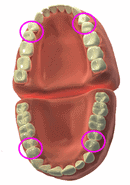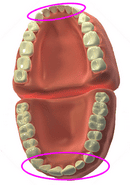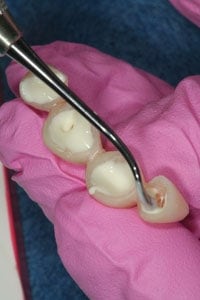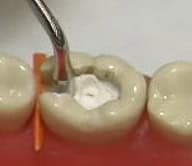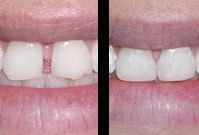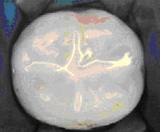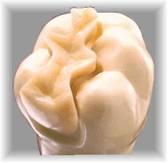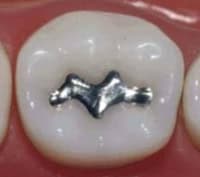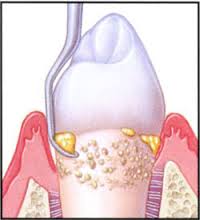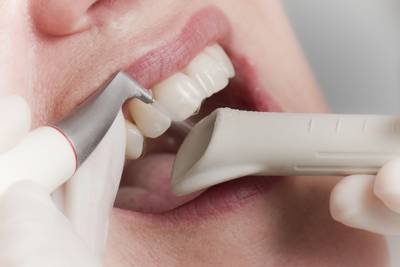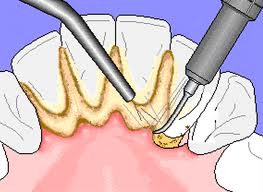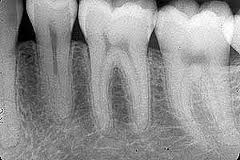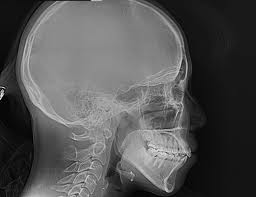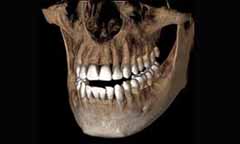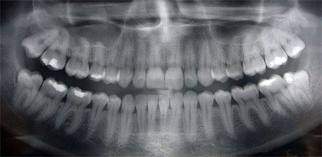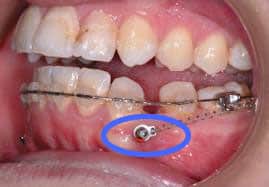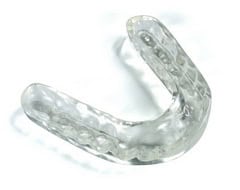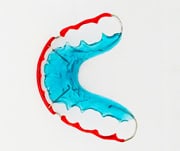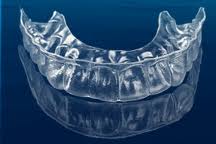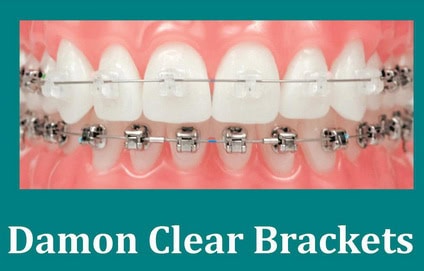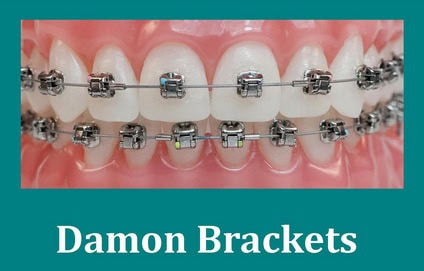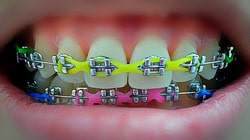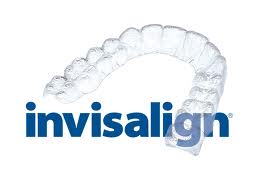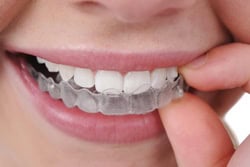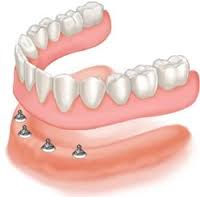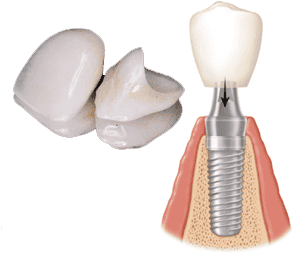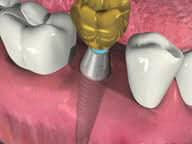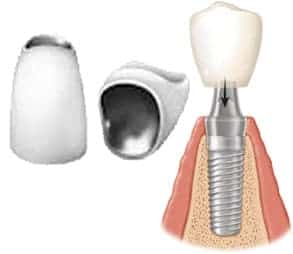Dental Implant
Table of Contents
Our Special Offer
- Dental Implant with All Ceramic Crown
- Only 36,000 baht per tooth
- Free Consultation/ CT Scan/ Surgical Guide/ Oral Scan
- Offer valid until 30 December 2025
Table of Contents
Dental Implant: Permanent Treatment to Replace Your Missing Tooth
What is a dental implant?
A dental implant is an artificial root replacement that is used to support one or more false teeth. Usually, tooth implants replace missing teeth that have been removed due to injury, disease or decay. It is usually more comfortable than a dental plate or crown and so implants are becoming very popular. Dental Implant Services Available at Bangkok New Smile
- Single Dental Implant
- Multi-tooth Dental Implant
- Sinus Augmentation (Sinus Lift and Bone Graft)
- Ridge Modification (Bone Graft)
Parts of a Dental Implant

A dental implant consists of three parts
- Implant: a titanium rod which acts as a ‘root’, ready for a replacement crown.
- Abutment (Post): the part which connects the implant to the crown
- Crown: the replacement for a natural tooth which is also known as a ‘restoration’
Single Tooth Replacement Procedure
The procedure is relatively simple. A small hole is precisely drilled into the bone at the location of the missing tooth. A small titanium implant is placed into the prepared site. The implant is allowed to heal for 4-5 months. During this time, you can wear a temporary tooth replacement. You won’t even know the implant is there. After healing is complete, the implant is uncovered, and the final crown is placed. Please check our Dental Implant Procedure Table above for the timeline. The result is esthetically pleasing, remarkably strong, durable, and surprisingly economical.
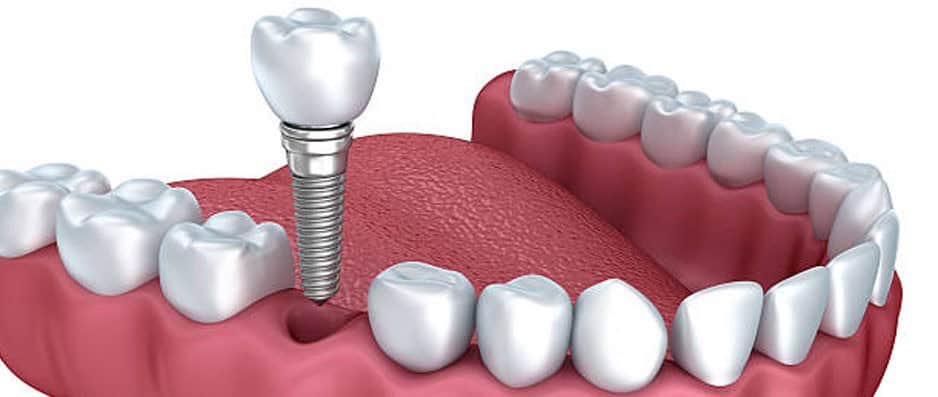
Multi-tooth Dental Implant
Just as with one missing tooth, several missing teeth can be easily treated with dental implants. Implant-supported teeth are permanently fixed in the mouth, unlike removable appliances like dentures. They don’t slip or click, and there is no worry about them moving or falling out when speaking, eating, or participating in activities. And because dental implants are placed directly into the bone, they help preserve the jawbone and prevent bone deterioration.
The implants are placed in the bone below the gum tissue acting as anchors or posts for a custom-made bridge that will match your existing teeth. After completed healing, multiple crowns or a custom bridge is cemented onto the abutments. Remember, dental implants halt bone loss and help preserve your remaining healthy teeth.

Steps for Dental Implant Procedure
- Begin with a thorough examination of X-rays and develop a treatment plan.
- Prepare the bone and insert the dental implant. Stitch up the wound and put in a healing screw to prepare the gum tissue.
- Allow for a healing period of 1-2 weeks then come in to have stitches removed and let the bone fuse with the dental implant
- After 3 months, remove the healing screw to create an impression for the crown and cover.
- 1 week later, Install the crown and securely attach it to the dental implant for immediate use. Then, return to the dentist for a final check to ensure a proper fit and make any necessary adjustments.
Treatments Related to the Implant Procedure
Sinus Augmentation (Sinus Lift)
Sinus Augmentation or Sinus Lift will be performed when the upper jawbone is not thick enough or the sinus cavity is too close to the tooth root for installing a dental implant. The sinus cavity is raised or lifted using sinus lift equipment. Following this step, a bone graft is always necessary to provide enough jawbone support for the installation of the dental implant.
Ridge Modification (Bone Graft)
Ridge Modification or Bone Graft is necessary when the jawbone is not thick enough for installing a dental implant. The bone graft gives the jawbone the necessary strength and thickness for the installation of a dental implant.

